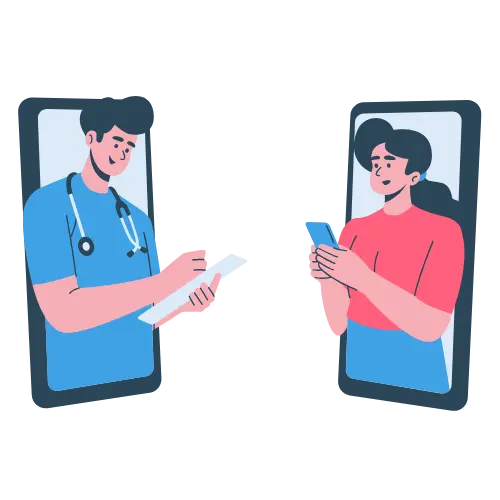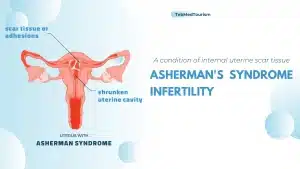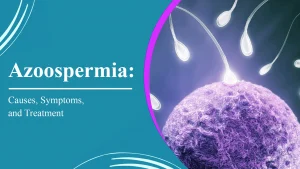Atrial septal defect (ASD) is a condition in which the atrial septum of the heart has a hole. This congenital condition can damage the patient’s heart and lungs. Small ASD defects may never cause a problem and they might close on their own. But the serious ASD condition must be treated by surgery.

How does the ASD affect the hearts normal function?
Normally, the two sides of the heart have a different role in your heart. The left side pumps the blood out of your heart to organs while the right side pumps the blood to the lungs. But, in patients with ASD, the blood can go through the hole from the left atrium to the right atrium. In addition to damage to the lung, ASD or atrial septal defect leads to:
- Shortness of breath
- Swelling of abdomen, hands or legs
- Heart palpitations
- Stroke
- Heart murmur


Several types of ASD include:
- Secundum ASD (atrial septal defect) which occurs in the middle of the atrial wall
- Primum ASD (atrial septal defect) which occurs in the lower part of the atrial septum
- Sinus venous ASD (atrial septal defect) that occurs in the upper part of the atrial septum
- Coronary sinus ASD (atrial septal defect) that occurs between the coronary sinus
Atrial septal defect repair
If the hole is small, it won’t cause hard work for the heart and lungs and the patients may never experience any symptom. Also, small hole may get closed or narrow on its own. But, if ASD is large it should be repaired by open heart surgery or cardiac catheterization. The catheter technique is done without surgery. However, it cannot be performed when the atrial septal defect has not the usual position in the heart or when the patient suffers from other heart defects. Abnormal connection of the pulmonary veins could be one of the mentioned comorbidities.
ASD repair with open-heart surgery
Recent advances in interventional cardiology have made open surgery for ASD less common. In ASD open heart surgery the surgeon can close the heart hole with stitches, but if the hole is larger, applying a patch will be necessary. First, a cut is made in the chest through the breastbone. A heart-lung machine should be used during the operation to drain the heart blood. Then, the surgeon closes the hole by suture or a patch.

ASD repair with cardiac catheterization
A catheter is a thin and flexible tube that carries a device to be placed in the atrial septal hole. The device consists of a clamshell tool that remains permanently in the heart by a catheter. The devices are available in different sizes and types. Gradually, the heart wall lining grows and covers the device. The surgeons use them depending on the size and location of the holes. They may use more than one device if it is necessary. The ASD catheterization is done under general anesthesia. The surgeon inserts the catheter in a blood vessel to guide it to the heart. When it reaches the atrial septum, the device flattens against the wall and closes the hole. Now, the surgeon secures the device in the right place. The device stays in the heart permanently, but the catheter is removed once the device is sealed. Gradually, the heart wall lining grows a tissue to cover the device. This method has less recovery time compared to ASD open surgery.








